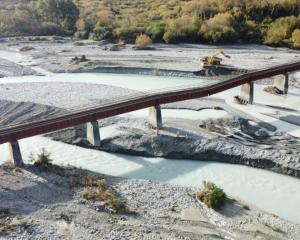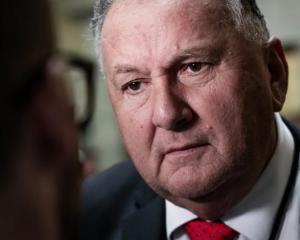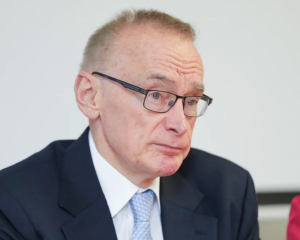The post-earthquake rebuilding of Greater Christchurch will cost between $20 billion and $30 billion, with more than two thirds of the funding coming from private sector investment, the Government revealed today.
Twenty key projects were announced today as part of the Government's "roadmap for economic recovery" in post-earthquake Greater Christchurch.
The "wide ranging" Economic Recovery Programme covers all aspects on the massive rebuilding task, crossing science, technology, education and training, and innovation, while working towards a more business friendly approach and more collaboration between public and private sectors.
It includes the anchor developments in the new central business district blueprint plan unveiled in July, like the covered sports stadium, new convention centre, and health and justice precincts.
Around $18b will be spent on residential developments, while public and private investment in the 20 projects - identified as the most important for the recovery - will cover the staggering rebuild price tag.
It is estimated that $6b to $9b will come from local and central government, with the private sector providing the rest of the rebuild cash, of between $14b to $21b.
Developed by the Canterbury Earthquake Recovery Authority (Cera) and Ministry for Business, Innovation and Employment (MBIE), the Economic Recovery Programme has been welcomed by Canterbury business people and stakeholders as a key step towards recovery.
Cera's general manager economic recovery, Steve Wakefield, who was behind the plan, said he hoped it would help Canterbury retain existing business, attract new investment, generate wealth, increase exports and enable the return of greater levels of prosperity and growth to the embattled region.
He said Cera had a "broad set of goals" when setting about the plan, which has resulted in "a broad programme" aimed at achieving "long term prosperity, not just short term recovery".
"We need to make sure that we spend this $30b as wisely and as effectively as possible," said Mr Wakefield, named this week's the country's top chartered accountant.
"If we do that we'll get a big economic lift, we'll improve our long-term prosperity, and I believe we'll have the most modern, most attractive, most vibrant city in the world."
Some of the 20 projects are already in progress, Earthquake Recovery Minister Gerry Brownlee said at the announcement in front of invited business people at Addington Raceway today.
The plans were developed collaboratively by Cera and MBIE in partnership with local government and the business sector.
"This is a once-in-a-lifetime opportunity for Canterbury to create a new, better and enduring business environment," Mr Brownlee said.
Mr Brownlee says the 20 projects have varying timeframes through to 2016, by which time some will be completed and others will transition to partners such as regional economic development agencies.
Economic Development Minister Steven Joyce says business disruption following the quakes was significant, but the sector also showed a resilience which provides great confidence in Canterbury becoming a more productive economic engine for the country.
"The Canterbury business community is in good heart and is ready to harness the opportunity presented by the rebuild.
"Every week we're seeing examples of innovation, focus and commitment to making the Canterbury economy strong," Mr Joyce said.
Cera has set up the monthly Canterbury Economic Recovery Dashboard to allow the public to follow the rebuild's progress and can be found at www.cera.govt.nz.












